International
Rwanda begins the commemoration of the thirtieth anniversary of the 1994 genocide
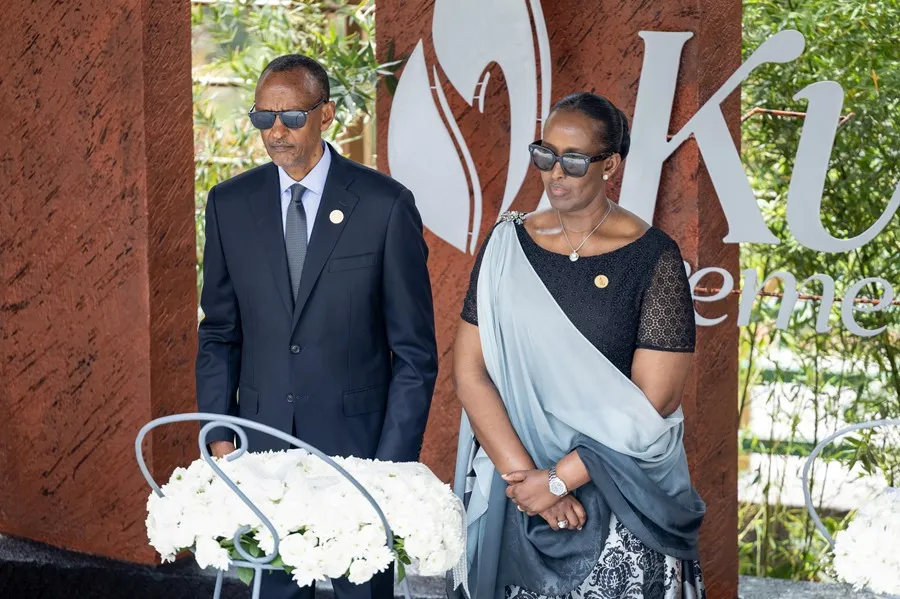
Rwanda began this Sunday the hundred days of mourning established by the country to commemorate the thirtieth anniversary of the 1994 genocide in which more than 800,000 moderate Tutsis and Hutus were killed, a massacre that still shookes the world and Rwandan society.
To begin the commemoration, the country’s president, Paul Kagame, lit accompanied by the first lady, Jeannette, the traditional flame of remembrance at the Center in Memory of the Genocide in the capital, Kigali, where more than 250,000 victims of the massacre lie in mass graves.
In a solemn act with moments of silence only interrupted by the commemorative songs singed by a military band and by the protocol instructions, a dozen heads of state and government paid their respects to the white cement blocks where the graves of the victims are housed.
Among the leaders present were the Prime Minister of Ethiopia, Abiy Ahmed, and the presidents of South Africa, Cyril Ramaphosa; Central African Republic (RCA), Faustin-Archange Touadera; Madasgascar, Andry Rajoelina; South Sudan, Salva Kiir; Republic of the Congo, Denis Sassou Nguesso; Tanzania, Samia Suluhu Hassan; and the Czech Republic, Petr Pavel.
Likewise, the head of state of Mauritania and current president of the African Union (AU), Mohamed Ould Ghazouani, and the president of Israel, Isaac Herzog, attended on the same day that it is precisely six months since the beginning of the war in the Gaza Strip, for which Tel Aviv faces accusations of genocide in the International Court of Justice (ICJ).
Several former presidents, including the American Bill Clinton or the French Nicolás Sarkozy, as well as the president of the AU Commission, Moussa Faki Mahamat, and the president of the European Council, Charles Michel, also traveled to Kigali to join the memory acts.
The commemoration program that starts today throughout the country includes the prohibition of large celebrations, such as weddings or sports competitions, and the organization of concerts and other cultural or leisure events not related to genocide in bars and public spaces.
In addition, within the framework of these events, the United Nations Educational, Scientific and Cultural Organization (UNESCO) has issued new certificates to register four other monuments commemorating the genocide as world heritage sites, in Kigali, Bisesero (west), Nyamata (southeast) and Murambi (south).
“This means the international recognition that what happened in Rwanda is a tragedy, not only for Rwanda but also for the entire international community, all of humanity,” the director general of Unesco, Audrey Azoulay, told the press on Friday.
The one hundred days of mourning marked by the Rwandan Government will conclude on April 13 with an act at the Center for the Memory of the Genocide of Rebero (Kigali), in memory of the politicians who were killed for opposing the massacre.
The genocide began on April 7, 1994 after the murder the day before of the presidents of Rwanda, Juvénal Habyarimana, and Burundi, Cyprien Ntaryamira (both Hutus), when the plane in which they were traveling was shot down over Kigali.
The massacre that followed – the Rwandan Government accused the Tutsi rebels of the Rwandan Patriotic Front (RPF) of the murder, against whom it had been waging a war since 1990 – caused the death of at least 800,000 moderate Tutsis and Hutus in just over three months.
The genocide was one of the worst ethnic killings in the recent history of humanity.
Paul Kagame warned this Sunday in his speech that the conditions for an ethnic killing can occur anywhere if they are not controlled.
“The process of division and extremism that leads to genocide can occur anywhere if it is not controlled,” the president said in a forceful intervention before about 3,500 people gathered at the imposing BK Arena stadium in Kigali.
He defined any “ambiguity” about who were the victims of the genocide as “a form of denialism, which constitutes a crime.”
The president referred to the situation in the east of the neighboring Democratic Republic of the Congo (DRC), whose Kigali Army he accuses of supporting the rebel group Democratic Forces for the Liberation of Rwanda (FDLR), founded in 2000 by leaders and other Hutu Rwandans exiled in that country.
“The remains of those forces (perpetrators of the killing) are still in the east of the Congo today,” Kagame said, assuring that they have the “full support of the blue helmets of the United Nations” and that “their objectives have not changed.”
International
Maduro, Delcy Rodríguez sued in Florida over alleged kidnapping, torture and terrorism

U.S. citizens have revived a lawsuit in Miami against Venezuelan President Nicolás Maduro following his capture, as well as against Vice President and now acting leader Delcy Rodríguez and other senior Chavista officials, whom they accuse of kidnapping, torture, and terrorism.
The plaintiffs — including U.S. citizens who were kidnapped in Venezuela and two minors — filed a motion over the weekend before the U.S. District Court for the Southern District of Florida asking the court to declare the defendants in default for failing to respond to the lawsuit initially filed on August 14, 2025, according to court documents made public on Monday.
The case, assigned to Judge Darrin P. Gayles, accuses the Venezuelan leaders of violating the U.S. Anti-Terrorism Act (ATA), the Florida Anti-Terrorism Act, and the Racketeer Influenced and Corrupt Organizations Act (RICO).
In addition to Maduro and Rodríguez, the lawsuit names Venezuelan Defense Minister Vladimir Padrino López; Attorney General Tarek William Saab; Interior Minister Diosdado Cabello; former Supreme Court Chief Justice Maikel Moreno; and National Assembly President Jorge Rodríguez.
The complaint also lists the state-owned oil company Petróleos de Venezuela (PDVSA) and former Electricity Minister Néstor Reverol as defendants.
According to the filing, Maduro “committed flagrant acts of terrorism against U.S. citizens,” citing the criminal case in New York in which Maduro and his wife, Cilia Flores, appeared in court for the first time on Monday following their arrest on Saturday.
The lawsuit claims that the plaintiffs “were held captive by Maduro” with “illegal material support” from the other defendants, whom it identifies as members of the Cartel of the Suns, a group designated by the United States as a terrorist organization last year.
International
U.S. faces worst flu season in decades as new strain spreads nationwide

The flu continues to take a heavy toll across the United States, with all but four states reporting high or very high levels of activity as a new viral strain known as subclade K continues to spread.
According to another key indicator — doctor visits for fever accompanied by cough or sore throat, common flu symptoms — the U.S. is experiencing its highest level of respiratory illness since at least the 1997–98 flu season, based on data released Monday by the Centers for Disease Control and Prevention (CDC).
“This is definitely a standout year,” said Dr. Caitlin Rivers, an epidemiologist and senior scholar at the Johns Hopkins Center for Health Security. “It’s the worst we’ve seen in at least 20 years. Most of the country is experiencing very high levels of activity, and we are still near the peak.”
Rivers noted that it is unusual to see such a severe flu season following another poor season the previous year, as intense seasons typically do not occur back to back.
Nationwide, approximately 8.2% of doctor visits during the final week of the year were for flu-like symptoms. At the same point last season — which was also severe — that figure stood at 6.7%.
In Massachusetts, where flu activity is reported as very high, health officials urged residents to get vaccinated.
“This is a moment for clarity, urgency, and action,” said Dr. Robbie Goldstein, Commissioner of Public Health, in a press release. “These viruses are serious, dangerous, and potentially deadly. We are seeing critically ill children, families grieving devastating losses, and hospitals under strain due to capacity.”
International
U.S. Energy Secretary to meet oil executives on reviving Venezuela’s crude industry
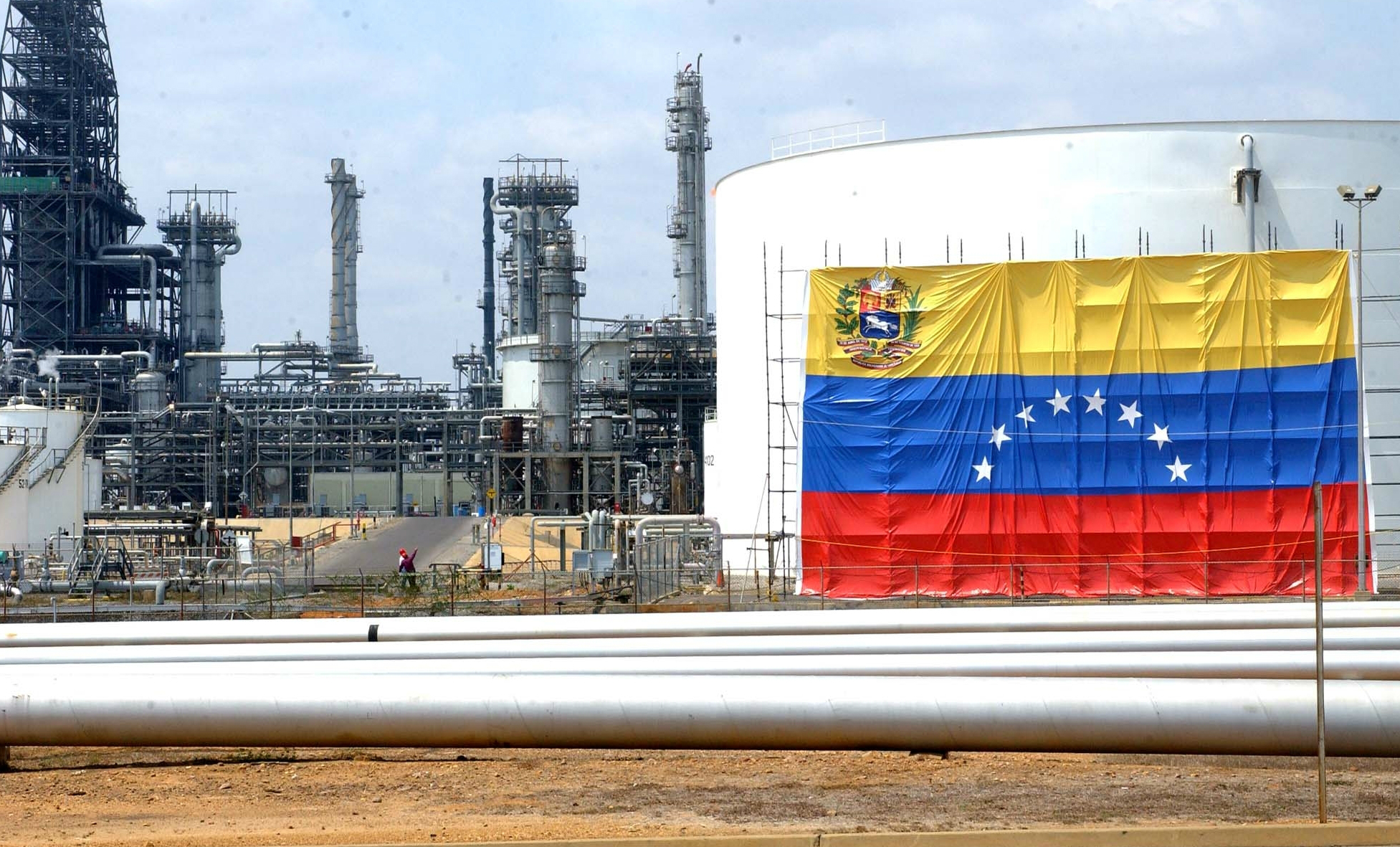
U.S. Secretary of Energy Chris Wright is set to meet this week with executives from the American oil industry to discuss how to revive Venezuela’s crude oil sector, according to multiple media reports.
The meeting will take place on the sidelines of an energy conference organized by investment banking group Goldman Sachs in Miami.
Senior executives from major U.S. oil companies, including Chevron and ConocoPhillips, are expected to attend the symposium.
Venezuela holds the world’s largest proven oil reserves, estimated at 300 to 303 billion barrels, representing roughly one-fifth of known global reserves.
Following the controversial operation carried out on Saturday to detain Venezuelan President Nicolás Maduro, U.S. President Donald Trump has placed renewed emphasis on control over and exploitation of Venezuela’s vast oil resources.
-

 International1 day ago
International1 day agoU.S. faces worst flu season in decades as new strain spreads nationwide
-

 International5 days ago
International5 days agoMissile attack hits Kharkiv homes, leaving 13 wounded
-
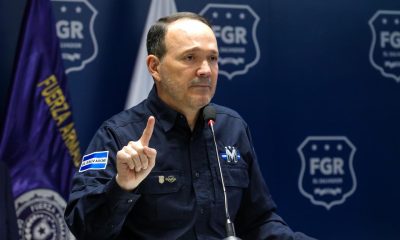
 Central America2 days ago
Central America2 days agoEl Salvador reports safest year in its history, security cabinet says
-
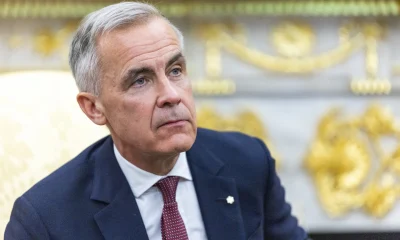
 International5 days ago
International5 days agoCanada’s prime minister Mark Carney to join Ukraine peace talks in Paris
-

 International4 days ago
International4 days agoTrump signals possible expansion of U.S. regional policy beyond Venezuela
-
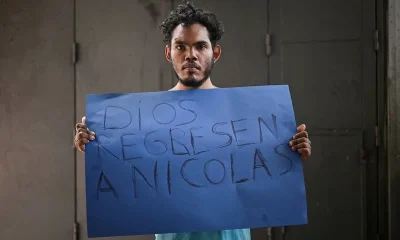
 International4 days ago
International4 days agoWorld leaders react to U.S. attacks on Venezuela, sparking global divide
-
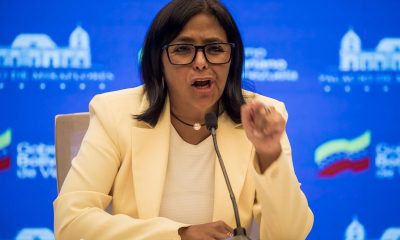
 International2 days ago
International2 days agoDelcy Rodríguez, key figure in U.S.-Venezuela transition, remains under EU sanctions
-

 International3 days ago
International3 days agoMarco Rubio warns Cuba could be Trump administration’s next target
-

 International1 day ago
International1 day agoMaduro, Delcy Rodríguez sued in Florida over alleged kidnapping, torture and terrorism
-

 International2 days ago
International2 days agoChina urges immediate release of Maduro, seeks emergency UN security council meeting
-
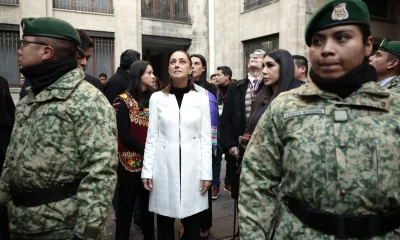
 International5 days ago
International5 days agoSheinbaum evacuates National Palace after 6.5-magnitude earthquake hits Southern Mexico
-
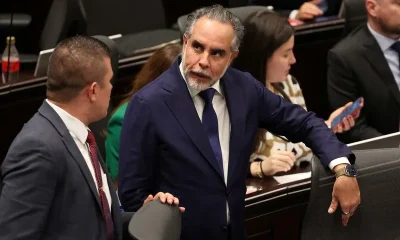
 International1 day ago
International1 day agoColombia to maintain anti-drug cooperation with U.S. after Trump remarks
-
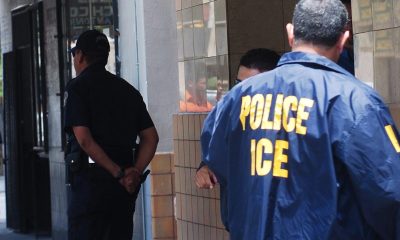
 International1 day ago
International1 day agoFlorida’s ‘Tidal Wave’ operation detains 10,400 migrants in largest ICE joint effort
-
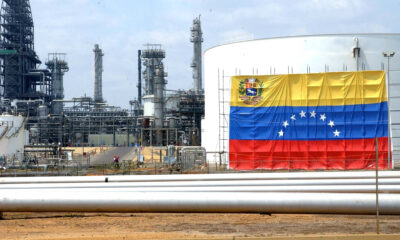
 International1 day ago
International1 day agoU.S. Energy Secretary to meet oil executives on reviving Venezuela’s crude industry
-
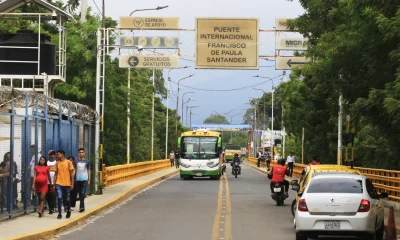
 International1 day ago
International1 day agoColombia says border with Venezuela remains calm after U.S. arrest of Maduro
























